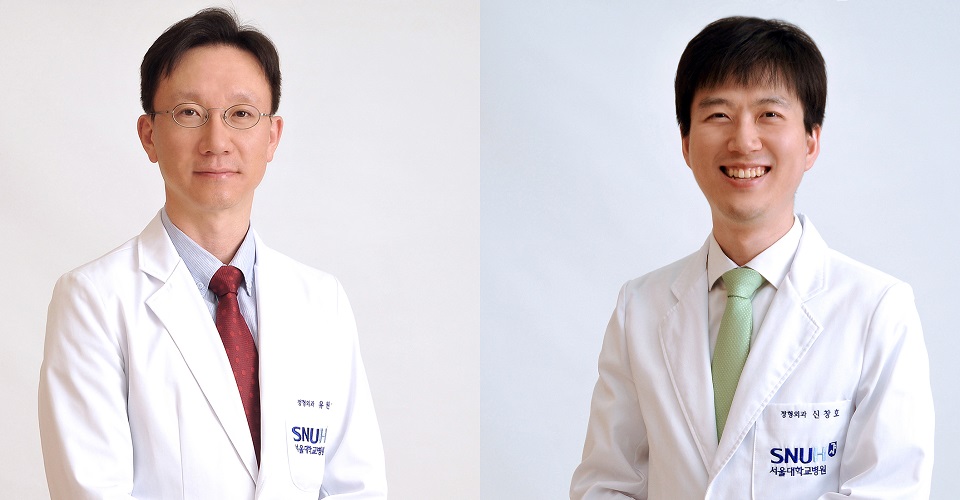A research team of Seoul National University Hospital has presented a new method using blood culture bottles (BCB) to identify causative bacteria in children with osteoarticular infections more rapidly and effectively.
Detecting causative agents is the most significant thing to do when patients are infected with bacteria because the antibiotics used for treatments differ depending on the microbial infection. The task for finding the pathogenic microorganisms is called microbial identification. The detection has to be rapid and precise as proper therapy can be delayed due to inaccurate identification.

The research team, led by Professors Yoo Won-joon and Shin Chang-ho of the Department of Pediatric Orthopedic Surgery at Seoul National University Hospital, published the study results comparing the new and old identification methods on 40 pediatric patients on Wednesday.
Researchers cultured a small amount of samples coated on the injection needle by inoculating them in the BCB. The study results have shown that the new identification method was superior to the existing ways of using swabs and tissue culture in several aspects.
The technique developed by the research team had an excellent identification rate compared to previous methods. The identification rate is the proportion at which the causative organism was found.
An analysis of a total of 40 patients with osteoarticular infections showed that the rate of identification using BCB cultures was about 68 percent, which was higher than 45 and 38 percent of swab and tissue culture methods,
The time required for detection was also shorter in the new identification technique. Swab and tissue culture methods took an average of 4.3 and 4.4 days, respectively, for the process. However, BCB culturing only needed an average of 3.5 days.
Osteoarticular infections, including osteomyelitis and septic arthritis, can cause growth plate damage and various deformities if not properly treated. The detection requires rapid and accurate identification processes, but it has often been difficult to find the causative agents.
The newly developed method is suitable for pediatric patients as they have relatively lower samples than adults.
“I have always felt pitiful seeing children and adolescents who have undergone several surgeries due to complications from osteoarticular infections,” Professor Yoo said. “The new method will likely allow doctors to find antibiotics suitable for causative agents and help younger patients more effectively.
The study was published in the latest issue of “The Journal of Bone and Joint Surgery,” the most prestigious international orthopedic journal.

